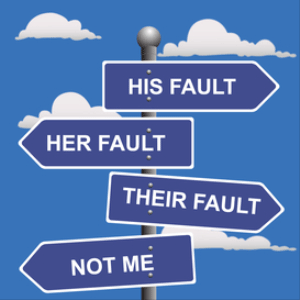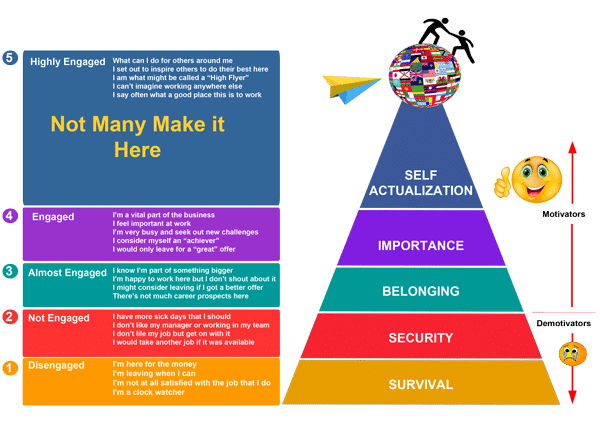
Behavioral Safety Cultural Mapping
One of the most significant criticisms of traditional Behavioral Safety (BBS) is that it appears to offer some pretty quick (and sometimes impressive) improvements, yet those improvements are rarely sustained in the medium to longer terms.
 So where did Behavioral Safety come from?
So where did Behavioral Safety come from?
Behavioral Safety is a proactive and systematic approach to promote workplace safety. When integrated into your organization’s safety management system, it can significantly reduce accidents and incidents. Embrace BBS, and together, let’s create a safer and healthier work environment for everyone.
BBS come from. Firstly there was Heinrichs Domino Theory of Accident Causation. As you can see the “unsafe act” sits in the middle of the sequence of events described by Heinrich. Regretfully almost all (if not all) traditional Behavioral Safety proponents “sell” the approach as starting at “unsafe act” and ignoring Heinrich’s pre-cursors.
In my view this has always been a very deceptive market driven practice that “feeds” the desire or corporations to somewhat “separate” their own contributions etc.
Take a closer look at Heinrich’s actual dominoes. We do need to remember it is couched in the language of the 1930’s. “Ancestry and Social Environment” were big things in those days.
If we were to modernize the language though, it is not much of a stretch to consider (from an organizational) perspective that “Ancestry and Social Environment” might be better though of as the “Safety Culture” percolating throughout the business.
 Another common criticism (which should be ignored at your peril) is that many employees also report feeling as though they are being “blamed” for any accidents that might occur. Organizations (and their BBS consultants) keep saying things like “it’s not about blame it’s about responsibility”. What’s the difference. Despite the many different ways of trying to avoid acknowledging these concerns, employees still commonly report that experience.
Another common criticism (which should be ignored at your peril) is that many employees also report feeling as though they are being “blamed” for any accidents that might occur. Organizations (and their BBS consultants) keep saying things like “it’s not about blame it’s about responsibility”. What’s the difference. Despite the many different ways of trying to avoid acknowledging these concerns, employees still commonly report that experience.
Now take a look back at Heinrichs 1930’s domino – “Fault of Person”. So it was there all the time? Remember that traditional BBS proponents conveniently leave those dominoes “hidden”. Maybe the reason why is becoming more evident? BTW The International Labour Organization (ILO) is also a global critique of traditional Behavioral Safety – as are many Safety Professionals.
So does all this mean we should ignore “behaviour” as a contributor toward accidents (system failures)? Of course not! To do so would be unbelievably irresponsible. What we truly must do though is recognize the context in which “behaviour” is being played out within our organizations.

Take a closer look at Transformational Safety’s take on Behavioural Safety. Just click here.
Transformational Safety is uniquely able to offer a service we have defined as “BBS Cultural Mapping”.
At the simplest of levels we need to recognize what it is that drives “behaviour” and particularly behavioural change. After all is it not your goal for employees to modify their behaviours toward a more safety aware skill set?
Ensuring you properly assess your organizational readiness for implementing any safety intervention (particulalrly Behavioral Safety), can only be a good thing. The alternative is that you ignore this critical step and your safety intervention actually does the opposite of what was intended. It creates a more dangerous workplace. That’s the very last thing you want to do.

Sanjay, Pune
![]()
I attended David Broadbent’s BBS Workshop in Pune in India. BBS is very popular in India but we still have an awful number of bad accidents. David told us about the impacts of Geo-culture on BBS. It just made so much sense – everyone in the room was talking about it. We had a top Professor talk to us last year about BBS and it was just like someone was ticking of chapters in a book. The biggest learning for me was that BBS, by itself, rarely works. Many thanks David for sharing with us. We are all hoping we see more of you here in India.


